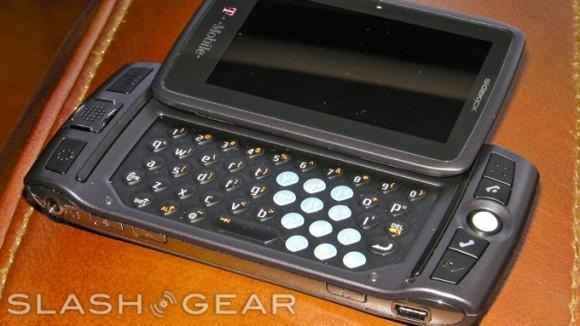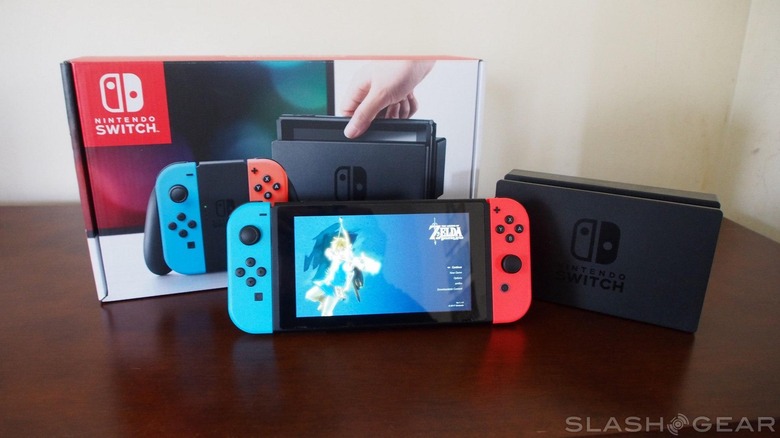This Is The Sidekick/Hiptop Game Boy That Never Came To Be
In an alternate universe, Andy Rubin would have become a Nintendo employee and he his claim to fame would be a smartphone that could play Game Boy titles downloaded from an online store. While those concepts sound so banal today, back in 2004, when Rubin's first company still existed, it was unprecedented and perhaps almost heretical to the slow-moving Nintendo. And yet that almost became the future of the Danger hiptop, a.k.a. T-Mobile Sidekick, which just celebrated its 15th anniversary yesterday.
It might not be too far-fetched to say that the hiptop was influential in kicking off the gargantuan mobile market we have today. Although its design would probably be ridiculed today, its technology influenced the development of both iOS and Android. If anything, it is regarded as the world's first "always-on, Internet connected" phone, what we call smartphones today.
Android itself indirectly traced its roots to this once popular "smart" phone. The hiptop/Sidekick was created by Danger, the company co-founded by Andy Rubin, who would later leave to found Android, which was later acquired by Google and evolved into the world's largest smartphone "and more" platform to date.

There are many things that Danger and its hiptop could have been, but perhaps the most curious was a 2004 attempt at mixing the world of smartphones and handheld gaming. It was internally called the G1, not be confused with the T-Mobile G1, a.k.a. HTC Dream, the first commercially available Android smartphone that does have some family resemblance to the Sidekick. It was, instead, the amalgamation of a hiptop and a Game Boy Advance, both of which shared a few components in common. Danger was able to create a prototype board that was not only able to play Game Boy cartridges but was even able to switch between "Game Boy" mode and regular smartphone mode, like when a call comes in. Basic features we take for granted these days.
But Danger did more than just make it play games. It went the extra mile and prototyped an actual working app store for buying, downloading, and playing Game Boy games. Surprisingly, Nintendo loved the idea. Unfortunately, it was still set in the old (back then not so old) ways of selling games in physical format. It didn't have licenses for electronic distribution and certainly didn't have enough time to sink into such a huge change in time for the holidays. Four years later, Microsoft acquired Danger and the rest, as they say, is history.
Fast-forward to today, it almost seems tragic that Nintendo, in the end, would adopt that business model it shrinked away from 15 years ago. Not only is it almost going all out on digital distribution, it is also embracing mobile, both with games for Android and iOS but also in the hardware of the Switch.

It could have saved Danger, and it could have saved Nintendo a lot of painful years. Then again, if that happened, the entire mobile landscape today might be completely different, and who's to say it would have been better.
